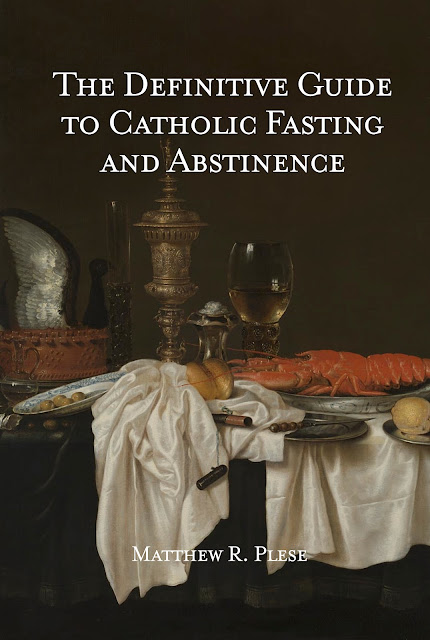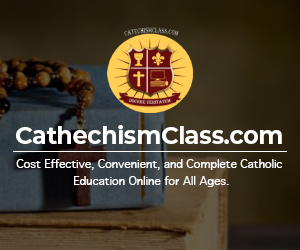For centuries, fasting and abstinence were essential pillars of Catholic life. Saints, clergy, and lay faithful alike observed rigorous fasting disciplines—not out of mere obligation, but as a means of penance, spiritual purification, and reparation for sin. Sadly, these practices have been largely forgotten or dramatically reduced in modern times.
But what if we could reclaim them?
What if Catholics everywhere once again embraced fasting—not just as a personal devotion, but as a movement for the restoration of Christendom?
That’s exactly what we seek to do.
Step 1: Learn the Tradition
📖 The Definitive Guide to Catholic Fasting and Abstinence by Matthew Plese provides everything you need to know about the traditional discipline of fasting—what it was, how it changed, and how you can restore it in your own life.
This book traces the history of Catholic fasting back to the early Church, when Christians observed rigorous Lenten fasts, abstained from all meat and animal products, and kept strict Ember Days and vigils. It covers how the discipline gradually eroded, especially after the 1917 Code of Canon Law, and how Vatican II’s reforms nearly erased fasting altogether.
If you’ve ever wondered why Catholics today fast so little compared to past centuries—or if you feel called to do more but don’t know where to begin—this book is your guide.
Step 2: Live the Tradition
💪 Learning about fasting is one thing. Living it is another. That’s why we invite you to join the Fellowship of St. Nicholas—a traditional Catholic sodality dedicated to restoring penance and fasting.
Under the patronage of St. Nicholas—who was known not just for his charity but for his lifelong fasting—the Fellowship calls Catholics to band together in prayer, penance, and reparation.
St. Nicholas’s own life exemplifies the ancient fasting tradition. As the Roman Breviary recounts, even as an infant, he fasted from his mother’s milk twice a week, only nursing after sunset on Wednesdays and Fridays. He kept this discipline for his entire life, modeling for us a path of self-denial and holiness.
Inspired by this, the Fellowship of St. Nicholas commits to structured fasting and abstinence based on the traditional rules of the Church.
✅ Tier 1 follows the 1917 Code of Canon Law as a minimum, while eliminating the compromise of partial abstinence. This includes:
- No meat on any Friday of the year
- No meat for the entirety of Lent, including Sundays
- Abstinence on Ember Days and major vigils
- A strict fast (one meal a day, preferably after 3 PM) on traditional fasting days
✅ Tier 2 expands upon this, restoring the ancient Lenten fast as a fully vegan discipline—no meat, dairy, or eggs. It also extends fasting into Advent, bringing back the observance of St. Martin’s Lent, and observes abstinence on Rogation Days.
✅ Tier 3 goes even further, reintroducing fasting periods such as the Apostles’ Fast in June and the Assumption Fast in August, along with additional vigils and Ember Days.
This is not about personal asceticism—it is about restoring the Catholic way of life. As St. Leo the Great reminds us:
“The exercise of self-restraint which an individual Christian practices by his own will is for the advantage of that single member; but a fast undertaken by the Church at large includes everyone in the general purification. God’s people never is so powerful as when the hearts of all the faithful join together in the unity of holy obedience.”
For too long, Catholics have been told that fasting is optional, that penance is just a personal devotion, and that we need only do the bare minimum. But the saints did not think this way. Christ Himself fasted. The Apostles fasted. Entire Catholic civilizations observed rigorous fasting as a standard practice.
Now is the time to take it back.
Step 3: Join the Movement
If you feel called to more than just the modern minimal requirements—if you want to fast as Catholics always did—then join us.
👉 Join the Fellowship today! Connect with us on Telegram: https://t.me/+aXEK-WgNzL42NmJh
📚 Get the book and arm yourself with knowledge – Order The Definitive Guide to Catholic Fasting and Abstinence and learn what true Catholic fasting is.
🔥 This Lent, don’t settle for the bare minimum. Reclaim fasting. Restore penance. Help bring back the traditions that sanctified generations before us.











